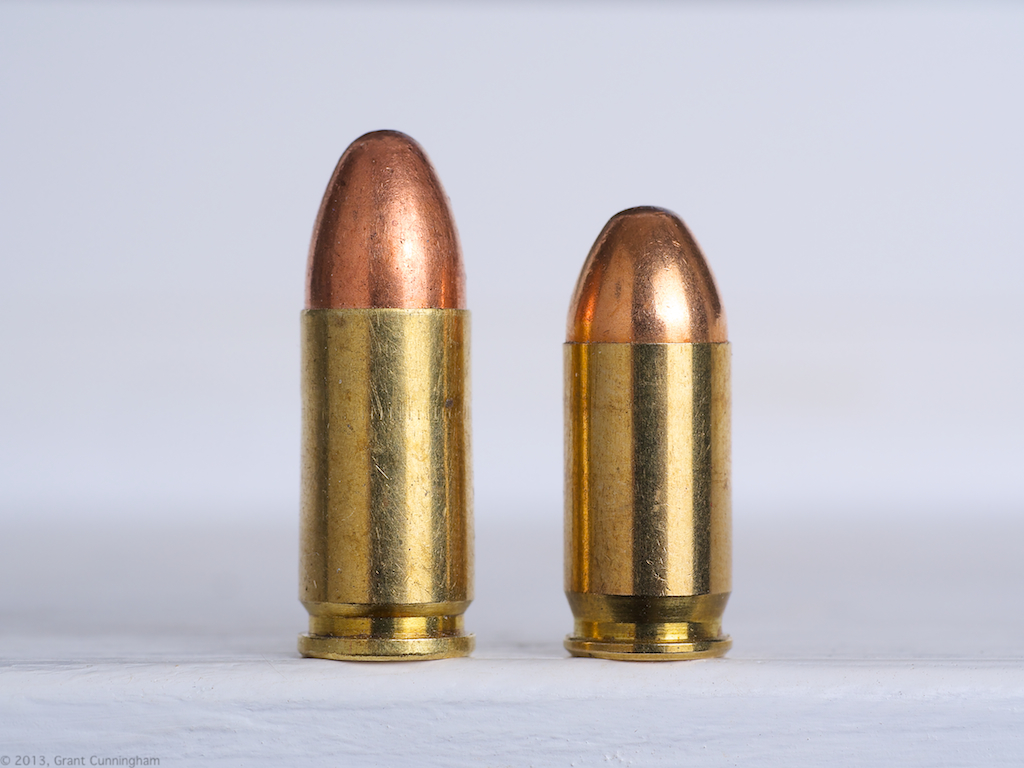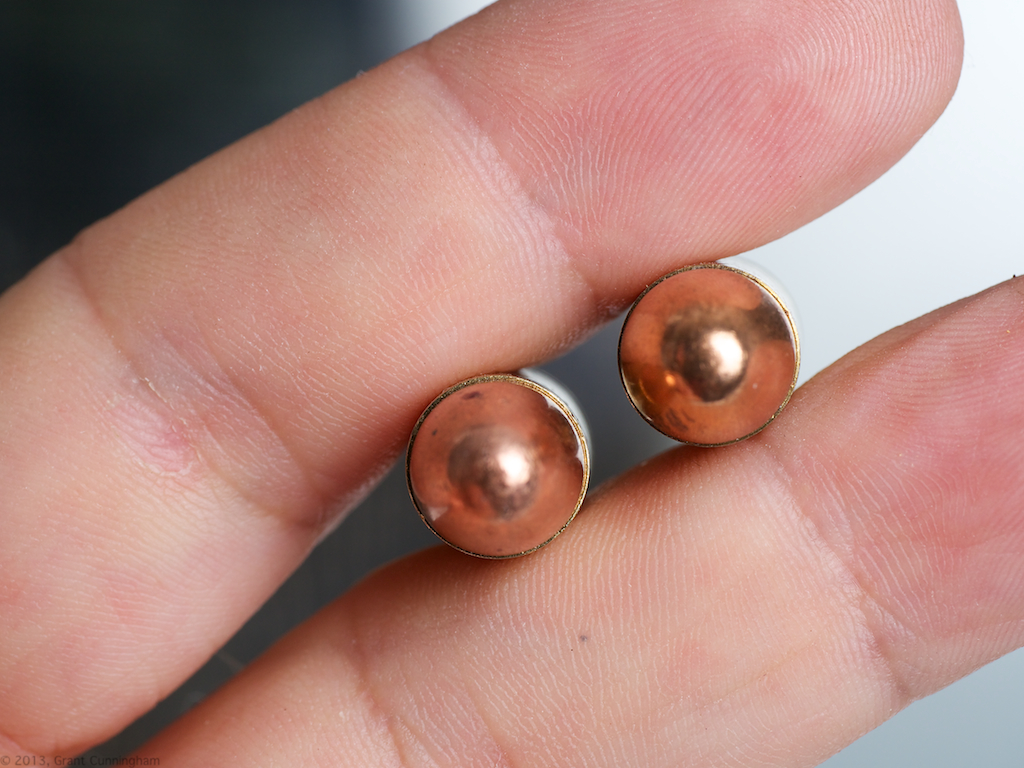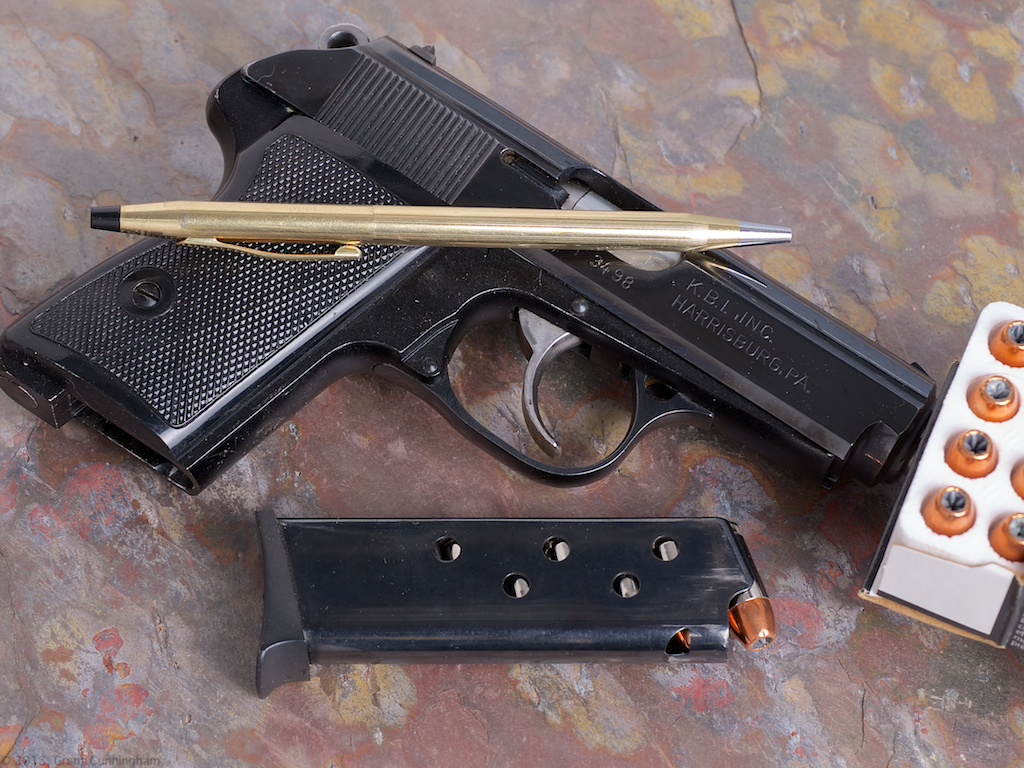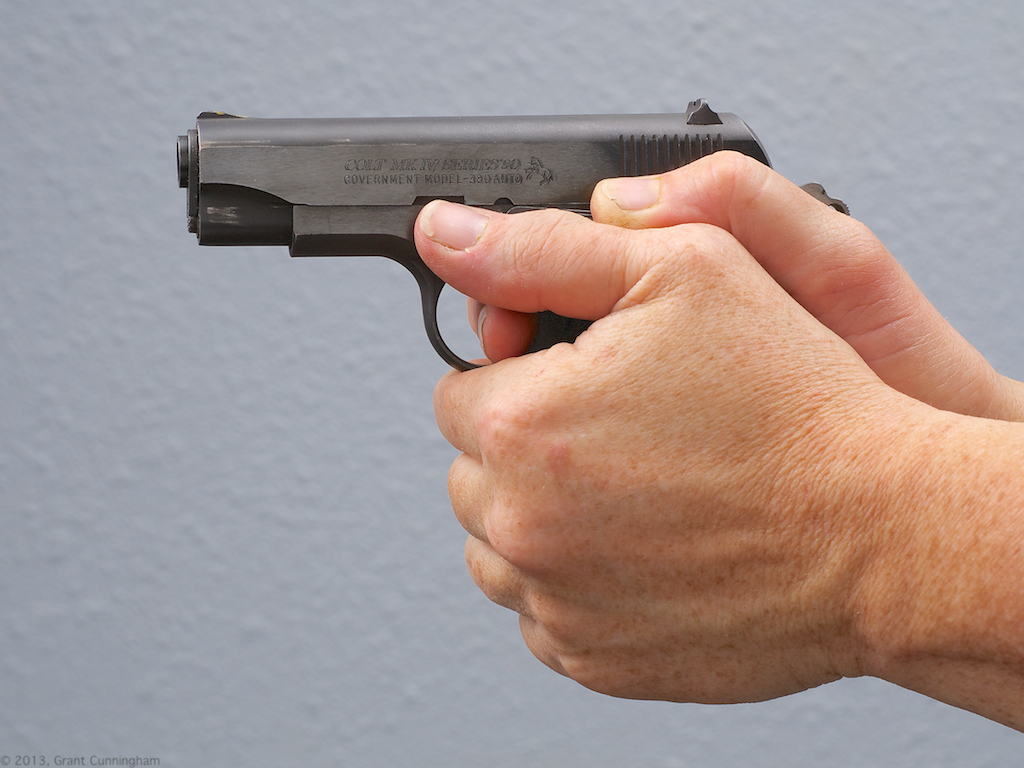Glock 1911 Funny Meme Women Chart
When Does a .380 Beat a 9mm?

Photo: author
You may have heard the phrase, "Friends don't let friends carry mouseguns." In fact, I've uttered it more than a few times myself over the years! The implication, of course, is that calibers below a certain threshold, arbitrary though it may be, are not suitable for protecting one's life.
What that threshold is, exactly, depends on one's point of view. For some people, anything with a caliber that doesn't start with ".4" is a mousegun, For others, low-powered cartridges like the .22 Long Rifle and.25 ACP get the nod. But for many, the lowly .380 ACP is the most common (and most derided) of the species.
Should it be?

Best Personal Defense Weapon
Just Because It's Common Doesn't Make It Wisdom
The common wisdom goes something like this: the .380 doesn't have much stopping power, making it a less ideal choice than the next step up the ladder, the 9mm. I've even heard people say that if you were to shoot an attacker with a .380, all you'd succeed in doing is making him mad!
Since modern 9mm pistols are so small these days, often very close to the size of the lowly .380, most gun folks would say that it makes little sense to bother with the mouse cartridge. If you can get a more powerful round in the same sized gun, they'll ask, why bother with the smaller offerings?

It Isn't As Weak As You Think
Let's get the performance questions about the .380 ACP out of the way so we can have an intelligent discussion. While I'm not here to heap excessive praise on the .380, or even suggest that it should be your primary choice for carry, let's start by looking at the data.

Which round is which? Photo: author
The best database of handgun performance I've yet seen comes from Greg Ellifritz at Active Response Training. His results, compiled from hundreds of actual shootings over many years, show that while the .380 doesn't work quite as well as the 9mm, .40 S&W, or .45 ACP in its job of stopping attackers, it's also not that far off.
In Ellifritz's studies, the "major" calibers are pretty darned close to each other in terms of actual performance. Close enough, in fact, that they are in a statistical dead heat. The .380, on the other hand, is definitely not the performer that the bigger cartridges are. But the little .380 is still remarkably effective and a whole lot better than anything smaller. In fact, the difference between the .380 and the .40 S&W, to pick one at random, is less than the difference between the .380 and the .32 ACP.
Is the .380 half as good as the 9mm? If the data is accurate, it's actually better than that.
Facts, as John Adams pointed out, are stubborn things. The important point here is that, despite what we feel or have been told, the .380 ACP is not the complete weakling everyone would have you believe. I've personally met two people who successfully defended themselves with a .380. Both incidents were over within three rounds, and both defenders emerged unscathed. The same could not be said of their attackers, neither of whom are with us any longer.
The fact is that you probably can successfully defend yourself with this particular 'mousegun' caliber. The question is, why would you want to?
Balance of Speed and Precision
The answer is more complicated than you might think, and revolves around your balance of speed and precision. The target dictates the level of precision you need to reach, and that part of the shooting equation never changes. The variable is how fast you can deliver rounds into that area. The more recoil the gun/cartridge combination produces, the slower you'll be able to shoot into that level of precision. This is the balance of speed (your ability to shoot multiple rounds accurately) and precision (the area of the target you must hit).
The less recoil you are forced to deal with, the faster you'll be able to shoot to any given level of precision. That translates into being able to deliver more rounds on target in a specific time frame. In the case of an attacking criminal, the more rounds you can put into his vital areas, the sooner he's going to stop being a threat to your life.
So What If It Hurts?
This is why so many major defensive shooting trainers have come to embrace the 9mm over the .40 S&W and .45 ACP: you're able to deliver more statistically identical performing rounds in any given period of time to any given level of precision. It's a great tradeoff, because there's almost no downside. Given a choice between shooting the bad guy three times with one caliber or five times with a different caliber that has been shown to give statistically indistinguishable performance, I know which I'm going to choose!
Where does the .380 ACP come into this?
If we take two guns of roughly the same size and weight, one in .380 and one in 9mm, the 9mm will recoil more than the .380. This is to be expected. A markedly heavier bullet, fired at a higher velocity, will produce substantially more recoil and will more obviously affect your balance of speed and precision. It's also going to be painful to practice with, which means people might not do so.

This small Walther-esque .380 ACP has an aluminum frame and would be much more difficult to control if chambered in 9mm. Loaded with high-performance ammunition, it can be surprisingly effective. Photo: author
"It doesn't matter," people often say, "because in a real fight, the adrenaline dump will mask the pain." That's partially true, but it's also immaterial. When you're in the midst of dealing with an attack, the reduction in blood flow to your hands (along with the chemical changes in your body) will likely result in an increase in your pain threshold. You probably won't feel as much pain in your hands or joints when the rounds go off as when you're practicing on the range. That much is true.
The issue, though, isn't your pain level. The issue is that the recoil doesn't go away, it just doesn't hurt as much. It still affects your control of the gun, and while that heavy recoil won't bother you as much, it will still present the same level of physical disruption in your shooting. Your balance of speed and precision isn't going to get better just because your pain receptors have been temporarily numbed. The gun's recoil will still affect how quickly you can shoot to any given level of precision. Just because you can't feel it doesn't mean that recoil is no longer an issue!
This is the root of the decision we face with the choice between 9mm and the .40 S&W. In that case, the performance of the rounds is much closer — a statistical dead heat, remember — so it becomes a choice of shooting more bullets of equal effect than fewer bullets. More bullets win, because it's the number of rounds we can get on target that have the greatest effect on an attacker.
Making a Logical Choice
The recoil effects in a small gun are profound. A number of micro 9mm pistols I've tested range from quite unpleasant to downright uncontrollable in a realistic string of fire. A gun of the same size but loaded with softer-shooting .380 projectiles is much easier to control and results in more rounds landing accurately on target in a shorter period of time. We're back to the idea of shooting more rounds to any given level of precision.
Of course, the difference in this choice is that the .380 is definitely not at the same performance level of the 9mm. We're giving up some effectiveness, though as I pointed out, it might not be as much as we've been led to believe. But when we factor in the controllability of the gun, the smart choice for some people may very well be the smaller round.
As mentioned earlier, I've fired some micro 9mm guns that were very difficult to control. In fact I tested one such gun that squirmed in my tightest grasp so much that the first round was on target, the second was on the right side of the target, and the third was off target! Admittedly I'm no Jerry Miculek, but I'm used to shooting very heavy-recoiling handguns at speed, and this particular pistol was impossible for me to control in a realistic string of fire. No one else on the range that day could either, and these weren't newbies but experienced shooting instructors!
Still, I was the only one who came away with a negative opinion of the test gun. If I shot sedately, as everyone else who tested and proclaimed the gun to be a "winner" did, it was controllable. It wasn't until I shot it in a realistic string of fire (rapid multiple rounds) that it showed its less desirable traits. In my hands it was just difficult to control, but in the hands of someone who doesn't have my experience and skill, the results might be tragic: missed shots and endangered bystanders.
The problem is that these are the kinds of guns too often sold to newcomers. They're touted as small, light, and "packing a punch." Buyers are told they shouldn't settle for a "weak" .380 ACP of similar size when they can step up to a 9mm in the same (or nearly the same) package. It's a good sales tactic, I must admit!
Still, I caution people to think very carefully about that neat new subcompact. "It packs more power in a smaller, lighter frame" is seductive advertising copy, and a lot of gun reviewers get very excited about such things, but it's important to think through the ramifications of that choice.

This .380, which its owner can control, making rapid combat-accurate hits, is a better choice for her than a similar-sized 9mm that she may not be able to control. Photo: author
Am I Saying the .380 Is Always a Better Choice?
No, I'm not. But in some very specific cases, it may be. The shooting world should stop and think about the end use of the gun, not how much raw power it produces.
Back when I was of the "More power!" persuasion, I met a lady who carries a Browning BDA. The BDA is a double-stack .380 ACP pistol holding 13 rounds. It is, as you might expect, fairly large and heavy for a .380. At the time the micro-9mm fad hadn't yet started, but even then there were a number of 9mm pistols available that were the size of the BDA and lighter to boot. I actually tried to steer her away from her BDA and to one of the 9mm guns, but she wouldn't hear of it. She'd tried them and, due to some weakness in her hands, simply couldn't control them (even with my expert instruction).
For her, being able to deliver all 13 rounds on target in a very short time frame (which she could do) was a significant advantage over delivering only a few 9mm rounds. My mistake was not recognizing that. Thankfully, I failed to get her to change. She knew her needs better than I did, and if we were to have that discussion today, I would simply help her become as competent with her gun as I possibly could. I understand the issues better and have reined in my macho opinions.
If I had to choose between a micro 9mm and a .380 in the same size and weight class, I might choose the smaller round if the difference in controllability were significant. In the case of the test gun I mentioned earlier, I'd frankly rather have a .380! Yes, it was that bad. Yet the gun sells well and the manufacturer reports they can't keep up with demand. I'm positive that many of those buyers are making a bad decision, and probably for the wrong reasons.
Before you sneer at that lowly mousegun, stop and really think about the job it is intended to do. Understand the real task: to get combat-accurate hits, with an effective bullet, on target as fast as you can get them. In some cases, that "little" .380 might be better at the task than anything else.

Source: https://www.personaldefensenetwork.com/article/when-does-a-380-beat-a-9mm/